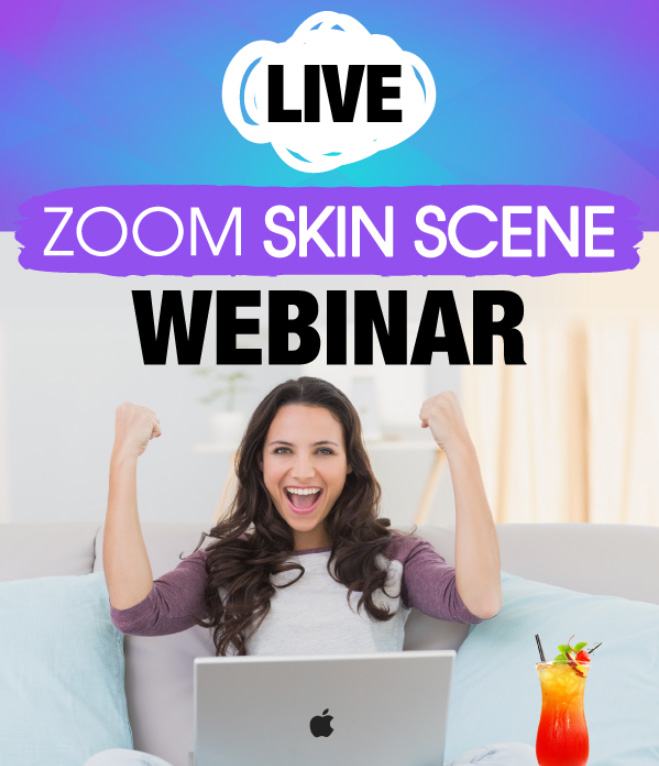$pa Marketing: Emotional Buying Behavior

Let’s say you’re with your significant other, checking out new cars. You aren’t ready to buy, but based on a recent repair estimate on your existing car, you know what’s coming. Then, you see the most amazing car. It’s shiny, blue, has a super roomy trunk big enough for your golf clubs and a dream stereo. You’re afraid to check the sticker price, but when you do, you can’t believe your eyes. It’s $33,000, which is $5,000 less than you’d expected!
The car salesman saunters over, noticing your visible drool. “This one’ll go fast,” he warns you, “it has special upgrades and today’s the last day of our holiday sale!” You turn to your honey and say “We have to get this; it’s perfect.” Without hesitation, you sign on the dotted line and the car is now yours. You, my friend, just made an emotional purchase.
Because if you hadn’t gotten swept away by your hope, excitement and FOMO (fear of missing out), you would have gone home, hit the internet and realized you could have gotten the exact same upgraded car at the dealer down the street for less. That would have been a logical decision rather than an emotional one.
But hey, don’t beat yourself up. We’ve all made purchases like that. It’s part of human behavior, and on the other side of the equation, it’s also an important part of selling.
Lovin’, Touchin’, Squeezin’
Selling shouldn’t be about being sleazy or taking advantage of people, but recognizing that we’re wired to buy on emotions. The waiter at the fancy steak restaurant who brings you the dessert cart (after you’ve just done your best to stay paleo) isn’t part of some evil empire, determined to bring you down. He simply knows that if you see something sugary and irresistible, and he raves about how delicious it is, you’re much more likely to splurge than if you just saw it in print on the menu. So, how does this translate to the spa world?
In the consultation or treatment room, you can tell someone about your new products and services, the benefits they offer and encourage them to go home and think about it. That would be logical for them to do, but it probably won’t make you a sale. You can also be super salesy, but turn clients off because they feel pushed into buying something.
The people who are the best at cross- and up-sells are those who are good at telling stories. The emotions (excitement, awe, hopefulness, etc.) they convey during those stories are transferred to the client, who then wants the same result. For example, an esthetician might tell a client who has acne about her own battle with acne and how her social life was killed until she tried a series of chemical peels that cleared up her skin. Maybe she has tears in her eyes (real ones, not fake) because dealing with acne can be very traumatic. Now, the client is feeling emotional too and wants to try the same peels.
No matter how slick your service menu is, it doesn’t hold a candle to people relating to each other in an honest, emotional way. Remember that.
Emotional Marketing
Before you can tell your stories in the consultation or treatment room, you have to get clients in the door—that’s where emotional marketing can help you. Whether you’re running ads via email, print, TV, radio, guerrilla marketing (low- or no-cost, unconventional techniques) or social media, you have only a few seconds or sentences to get your message across. In the esthetics industry, before and after pictures and videos of a dramatic treatment result speak volumes. Again, telling a client’s success story is far more likely to evoke emotion from a potential client that salesy verbiage.
A good way to test your marketing efforts is to run them by five people you trust and ask them: Did my message give you that “shiny new car” feeling? If anyone says no, go back to the drawing board.
Indirect Marketing
Social media is a great way to garner indirect emotion from viewers and followers. On my Instagram page, there isn’t anything “logical.” I’m not selling anything—instead, I post quotes and motivational images to encourage folks to chase their personal and professional dreams. Then, if they go to my daily story, I show them what’s going on in the medical esthetics world regarding training at my cosmetic laser training school and the latest updates in lasers, injectables, etc.
What often happens, though, is that the emotions they feel (inspiration, confidence) from reading my quotes often translate into them wanting to purchase what I am selling. Indirect marketing also works in the treatment room. If the esthetician tells the client how great she feels because she does meditation, yoga and regular exercise, the client, feeling inspired, will probably be all ears when the esthetician mentions how CoolSculpting is great for getting rid of stubborn body fat and we’re offering a special.
Use Your Head and Your Heart
Think of emotional marketing this way: If you’re on a first date, you wouldn’t want to spend the evening telling the other person how great you are. Logically speaking, you might have a lot going for you, but that’s not going to get you a second date. Instead, you compliment the other person. You look them in the eye when they’re talking, and listen carefully to them. You tell funny stories and make them laugh. In other words, you appeal to their emotions.
3 Tips for Making the Most of Emotional Marketing:
- Practice. If you don’t think you’re a great story teller yet, practice a few pitches on your friends or family until you feel at ease.
- Sample. If a client seems interested in your story but isn’t ready to make a purchase yet (budget, timing, etc.), offer them some free samples or a treatment demo so they can take some of your enthusiasm home with them to think about.
- Look within. Pay attention to marketing that evokes emotion in you. What makes you want to buy something? Is it a photo of a cute puppy? Someone else’s success story? Humor? Excitement? Then, figure out ways to incorporate these things into your own marketing efforts.












